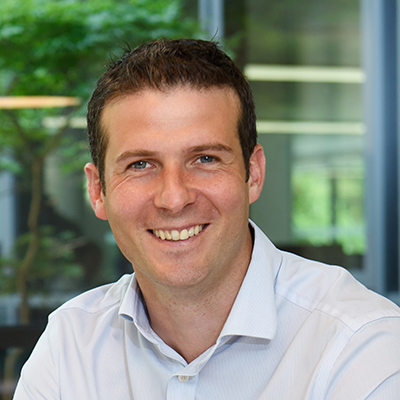Insights
Health & wellbeing: the real retail therapy.
UKGBC Retail Lab thought piece.
When it comes to the retail industry, tapping into the desires of human beings is where true success lies.
People will always gravitate to places and products that make them feel good.
Naturally then, this extends to the design, construction, and optimisation of retail-led developments: indeed, a health & wellbeing focus in the retail environment is the next step we can take to further enhance value. By reaching out to the innate (yet generally subconscious) needs and wants of people, we can create spaces that transcend the usual attractions of the retail offer.
Achieving such a lofty aim comes with its challenges, but – given the pressures and competing factions of the retail sector – arguably ambition on this scale is a necessity.
The potential of the public realm.
People desire escape, relaxation, social interaction, and entertainment. By meeting these desires using the natural environment, true ‘retail therapy’ can be realised. Taking it one step further – could health and wellbeing actually be enhanced through the creation of passively conditioned public-realm spaces?
Conventional developments are often dominated by hard surfaces devoid of visible water and greenery. By comparison, integrating hydrological (‘blue’) and ecological (‘green’) systems into public-realm environments creates real connection with the natural world.
Adopting this Blue Green design approach also presents a range of interesting commercial health & wellbeing propositions, such as:
– If the cooling effects of shading, evaporation, and evapotranspiration from Blue Green infrastructure (such as green roofs and walls, landscaping, and water features) can reduce public-realm temperatures by up to 10°C relative to their surroundings, do we need to mechanically-cool developments?
– If trees and landscaping can be designed to act as natural windbreaks to limit wind speeds and buffer airborne pollution, why not create open, permeable, and accessible public spaces?
– If green infrastructure can achieve a 30% reduction in airborne pollutants (maybe even more), could retail developments be air-quality positive?
– If vegetation can limit the intrusion of traffic noise and the unwanted build-up of noise generated within internal spaces, can it be used to create spaces that support conversation and reduce noise-related stress?
– If green infrastructure can provide enhanced ecological and biodiversity value (plus reduce flood risks), is it more appropriate and valuable than below-ground attenuation measures?
– If biophilic design solutions can increase wellbeing, productivity, and creativity in a workplace, why shouldn’t we incorporate it in order to increase the commercial success of retail operators?
Working on landmark developments such as Bristol’s Cabot Circus, Victoria Gate Leeds, and – most recently – Westgate Oxford, has allowed us to continually evolve our progressive approach to valuable, functional, and natural public realm spaces.
Looking forward, I believe a retail development that addresses these questions is far more likely to succeed in such a challenging market.
Ultimately, people are drawn to spaces that promote the natural environment and, furthermore, spend more when they are there. A Blue Green approach presents the opportunity to go further than ever before and create retail-led developments that can achieve unprecedented levels of value.
